In the annals of ancient mythology and religious texts, one character that has sparked immense debate and fascination is Lilith, said to be the first wife of Adam. Her story has been woven through the tapestry of history, with varied interpretations casting her as either a diabolical demoness or the harbinger of early feminism. The contrasting perspectives have led to a rich tapestry of lore, delving into her complex character.
Join us on this enthralling journey as we explore the myth of Lilith, attempting to discern the truth behind the legends and discern whether she was a malevolent entity or an emblem of female empowerment. We’ll traverse through history, literature, and popular culture, examining Lilith’s impact on gender studies and psychology, and debunking myths that have long obscured her story.
Let’s begin this quest to unravel the enigma of Adam’s first wife, Lilith.
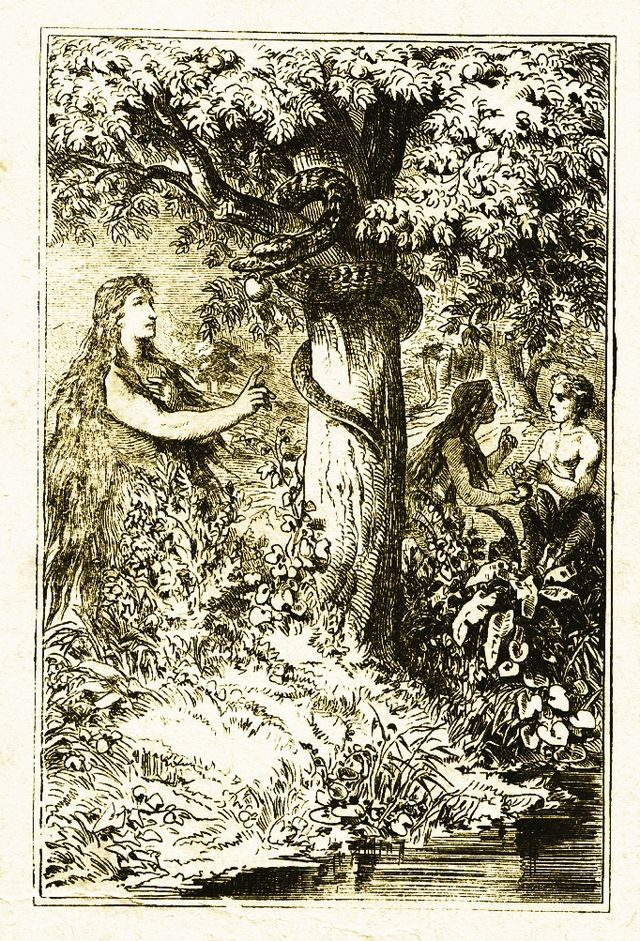
I. The Myth of Lilith: Historical Perspective
Lilith’s tale is an ancient one, woven into the fabric of various cultures and religious texts. The historical perspective on Lilith traces its roots back to antiquity, where her origin can be found in diverse ancient texts and folklore.
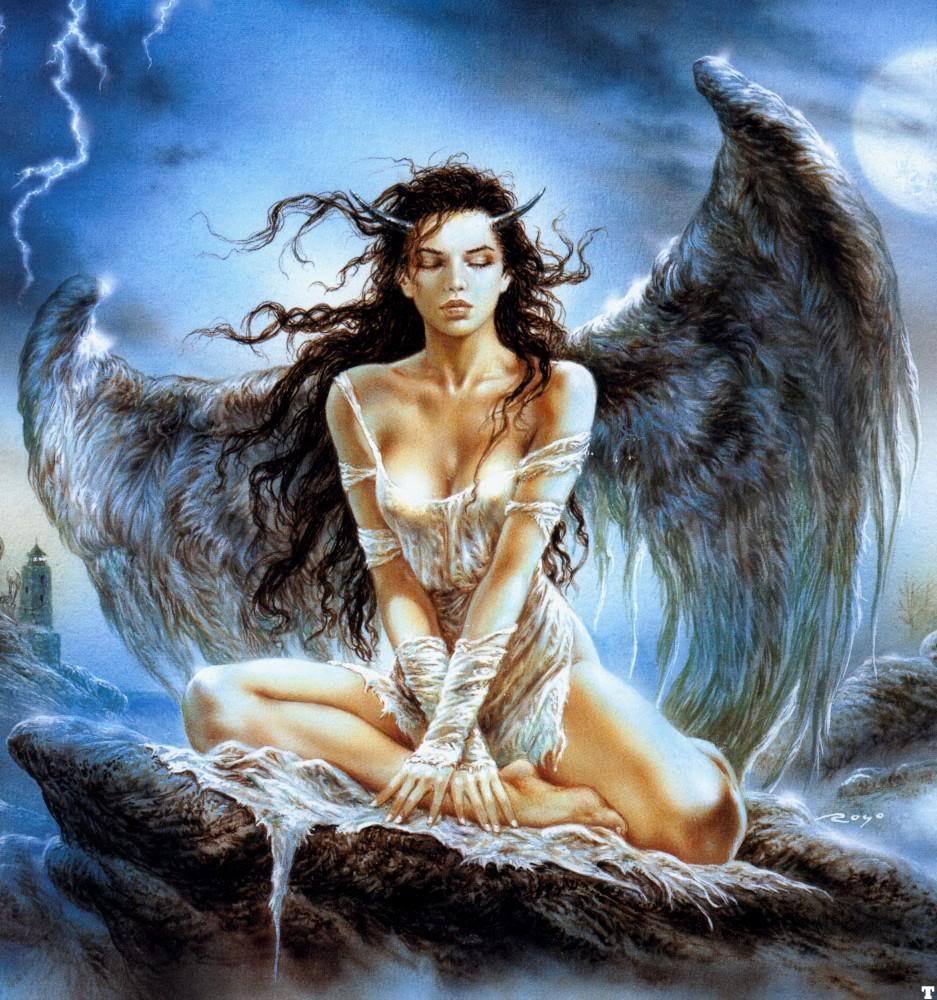
Lilith in Mesopotamian Mythology
- In Mesopotamian myths, Lilith was portrayed as a demon associated with wind and night, often linked to female infertility and childbirth complications.
- She was believed to roam the desolate wilderness and prey upon infants and pregnant women.
- The ancient Sumerians referred to her as “Lilitu,” and she featured in various protective charms to ward off evil.
Lilith in Hebrew Texts
- Lilith’s presence in Hebrew texts can be found in the Hebrew Bible, specifically in early Jewish folklore.
- The most renowned reference to Lilith is in the Hebrew scripture, “The Alphabet of Ben Sira,” where she is depicted as a defiant figure who refuses to submit to Adam’s authority.
- Lilith’s departure from Eden led to her transformation into a demon and an eternal adversary of Adam’s descendants.
Lilith in Other Cultures
Similar stories of a female figure embodying independence and rebellion against male dominance can be found in various cultures worldwide, each with its unique nuances and interpretations.
As we journey through these historical accounts, we begin to grasp the diverse cultural representations of Lilith and her multifaceted persona. But the tale doesn’t end there; the modern perspective on Lilith has given rise to thought-provoking debates about her character.
II. Lilith as a Diabolical Demoness
Throughout history, Lilith has often been portrayed as a diabolical demoness, synonymous with dark forces and malevolence. Her characterization as a malevolent entity is deeply rooted in folklore and superstitions.
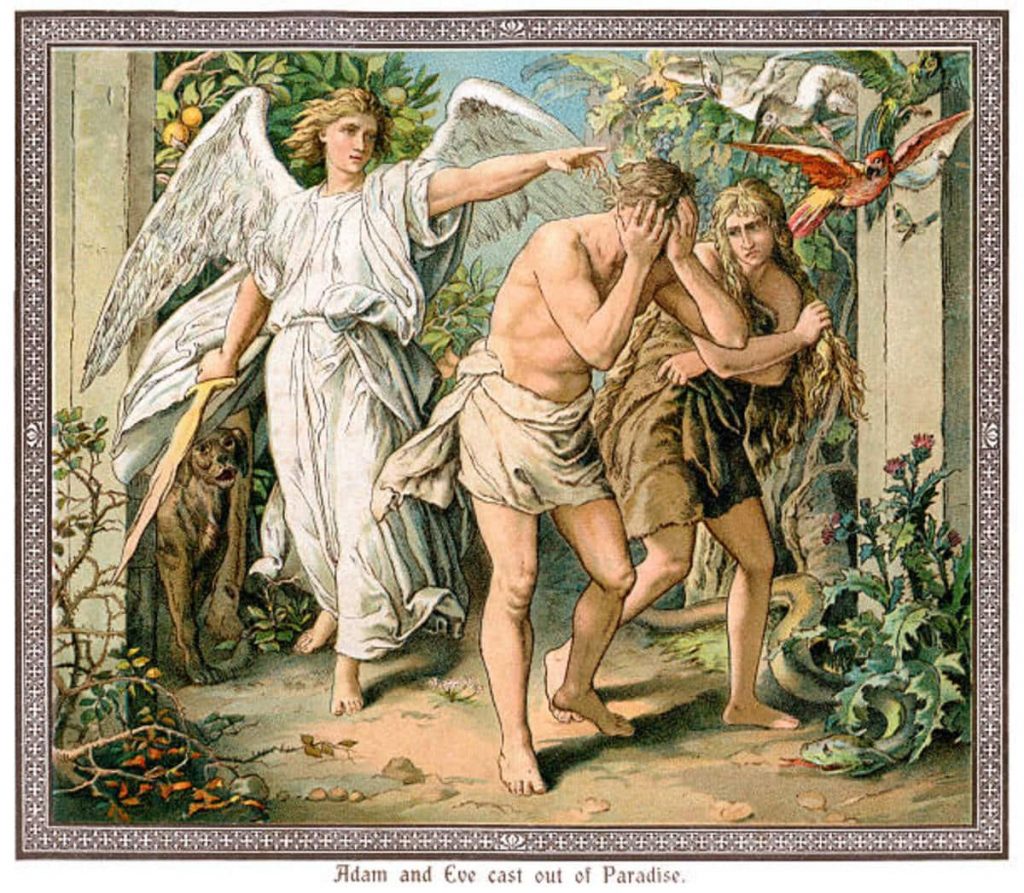
The Malevolent Temptress
- In some narratives, Lilith is depicted as a temptress who seduces men, leading them astray from the path of righteousness.
- She is believed to prey upon innocent souls, luring them into her clutches with her enchanting beauty and mysterious allure.
The Child-Killer
- Another sinister aspect of Lilith’s legend is her association with infant mortality and the death of newborns.
- She is often blamed for crib deaths and miscarriages, instilling fear and dread in expectant mothers.
The Night Hag
- Lilith’s connection to the night and darkness has led to her portrayal as a nocturnal demoness, haunting the sleep of vulnerable individuals.
- Nightmares and sleep disturbances are attributed to her malevolent presence.
Despite these malevolent representations, it is essential to recognize that folklore often contains elements of exaggeration and fear-mongering. As we proceed with our exploration, we’ll uncover alternative perspectives on Lilith that challenge these traditional views.
III. Lilith as the First Feminist: A Modern Perspective

In the modern era, the character of Lilith has undergone a profound transformation, with some interpreting her as a symbol of early feminism and female empowerment. This reinterpretation has given rise to intriguing discussions on gender dynamics and the evolution of women’s roles.
The Rejection of Subjugation
- In feminist reinterpretations, Lilith is seen as a woman who refused to be subservient to Adam, challenging traditional gender norms.
- Her defiance in leaving Eden represents a rejection of patriarchal authority and a desire for autonomy.
A Champion of Independence
- Lilith’s refusal to be dominated by Adam symbolizes her commitment to independence and self-determination.
- She embodies the idea that women should have agency over their lives and decisions.
The Advocate for Equality
- Some scholars argue that Lilith’s story highlights the struggle for gender equality and women’s rights.
- Her tale resonates with feminist movements that have fought against societal constraints to empower women.
In this modern lens, Lilith emerges as a feminist icon, inspiring women to break free from oppressive structures and embrace their identities and aspirations. Her story transcends time, remaining relevant in contemporary feminist discourse.
IV. Lilith in Literature and Popular Culture
Lilith’s captivating persona has not only influenced ancient texts and folklore but has also left an indelible mark on literature and popular culture. From classic literary works to modern-day movies and TV shows, her presence continues to be felt across diverse artistic expressions.
Lilith in Literature
- The poem “Lilith” by Dante Gabriel Rossetti explores Lilith’s allure and complexity, depicting her as an enchanting and mysterious figure.
- In John Milton’s “Paradise Lost,” Lilith is depicted as the first wife of Adam before Eve, emphasizing her defiance and expulsion from Eden.
- Various other literary works, such as “Lilith’s Brood” by Octavia E. Butler and “Lilith’s Dream” by Whitley Strieber, re-imagine Lilith’s character in unique and thought-provoking ways.
Lilith in Movies and TV Shows
- Lilith’s allure has been embraced by filmmakers and television creators, leading to her appearance in various productions.
- The TV series “Supernatural” portrays Lilith as a powerful demon antagonist, while in “Chilling Adventures of Sabrina,” she embodies dark and mysterious forces.
- Movies like “Bordello of Blood” and “Lilith’s Awakening” offer different takes on her character, blending horror and myth.
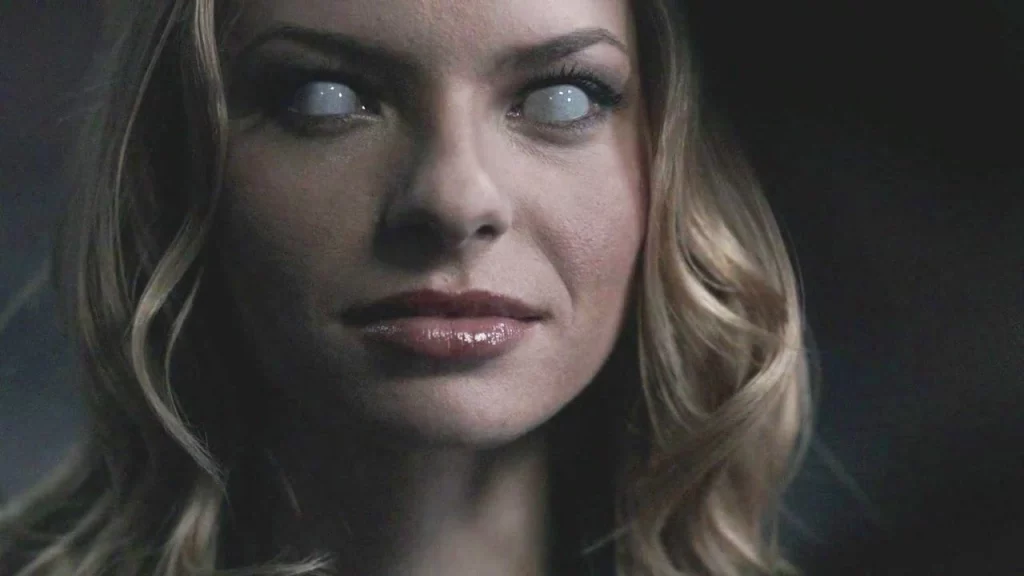
Influence on Modern Fantasy and Supernatural Themes:
Lilith’s influence extends beyond individual portrayals; she has become an archetype in modern fantasy and supernatural genres.
Writers and creators draw inspiration from her myth to craft powerful female characters with agency and complexity.
V. Debunking Myths and Misconceptions
As with many historical figures and mythological entities, Lilith’s story has been clouded by myths and misconceptions over the centuries. Let’s separate fact from fiction and dispel some of the most common misunderstandings surrounding her character.
Lilith as a Demoness
- One prevailing myth is that Lilith was inherently evil and demonic. In reality, early interpretations of her character often portrayed her as a disruptive force, but not necessarily malicious.
- The association with demons and malevolence might have arisen from cultural fears and biases.
Lilith’s Role as Adam’s Wife
- Contrary to some beliefs, Lilith is not mentioned as Adam’s wife in the canonical Hebrew Bible.
- The depiction of Lilith as Adam’s wife originated in later folklore and rabbinic texts.
Lilith’s Role in Biblical Creation
- The traditional narrative of Lilith being created from the same dust as Adam is not found in the Bible.
- Instead, the story appears in later texts like the “Alphabet of Ben Sira,” which is not considered part of the biblical canon.
By examining historical sources and separating them from later interpretations, we can gain a clearer understanding of Lilith’s origins and character, shedding light on the layers of her story.
VI. Lilith’s Impact on Gender Studies and Psychology
Lilith’s archetypal significance extends beyond folklore and pop culture, making her a subject of interest in gender studies and psychology.
Lilith as an Archetype in Jungian Psychology
- Carl Jung, the renowned psychologist, saw Lilith as an important archetype representing the suppressed aspects of the feminine psyche.
- She embodies the rebellious and assertive qualities often suppressed by societal expectations.
Lilith’s Role in Gender Studies and Feminist Theories
- Lilith’s story has become a focal point in gender studies, exploring themes of female agency, defiance, and liberation.
- Feminist theorists use her as a symbol to challenge patriarchal norms and advocate for women’s rights.
Analyzing the Psychological Significance of Lilith’s Story
Psychologists analyze the enduring appeal of Lilith’s tale and how it reflects collective unconscious desires for autonomy and self-discovery.
Her story continues to resonate with individuals seeking empowerment and self-actualization.
VII. The Relevance of Lilith Today
Lilith’s story continues to be relevant in contemporary discussions and societal contexts.
Lilith and Modern Feminism
- As feminism evolves, Lilith remains an emblem of women’s fight for equality, independence, and recognition.
- Her journey from biblical exile to modern-day icon reflects the ongoing struggle for gender parity.
Lilith and Gender Empowerment
- In an era of increasing awareness of gender roles and identities, Lilith’s story encourages individuals to embrace their unique identities and challenge societal norms.
Lilith’s Legacy in Popular Culture
- Lilith’s presence in literature, movies, and TV shows demonstrates her enduring appeal and timeless fascination with her character.
FAQs about Lilith
- Was Lilith really Adam’s first wife?
- While Lilith’s character appears in later Jewish folklore as Adam’s first wife, this narrative is not found in the canonical Hebrew Bible.
- Is Lilith always portrayed as a demoness?
- The portrayal of Lilith as a demoness is a common theme in folklore and superstitions, but modern interpretations have reimagined her as a feminist icon.
- What is Lilith’s significance in modern feminism?
- Lilith represents a symbol of female empowerment and defiance against patriarchal authority, inspiring modern feminist movements.
- How has Lilith influenced literature and popular culture?
- Lilith’s intriguing character has inspired numerous literary works, movies, and TV shows, where she is often depicted as a complex and captivating figure.
Conclusion
The tale of Adam’s first wife, Lilith, weaves a fascinating tapestry of ancient mythology, historical folklore, and modern reinterpretations. Whether seen as a diabolical demoness or an early feminist icon, her story resonates across cultures and ages. As society evolves, Lilith’s legacy continues to spark discussions on gender roles, empowerment, and the unyielding spirit of human defiance against oppressive forces.
Shop amazing Anunnaki Merchandise at our store, Follow us on Facebook, Instagram, And For More Interesting Content Also Subscribe To Our Youtube Channel.


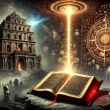






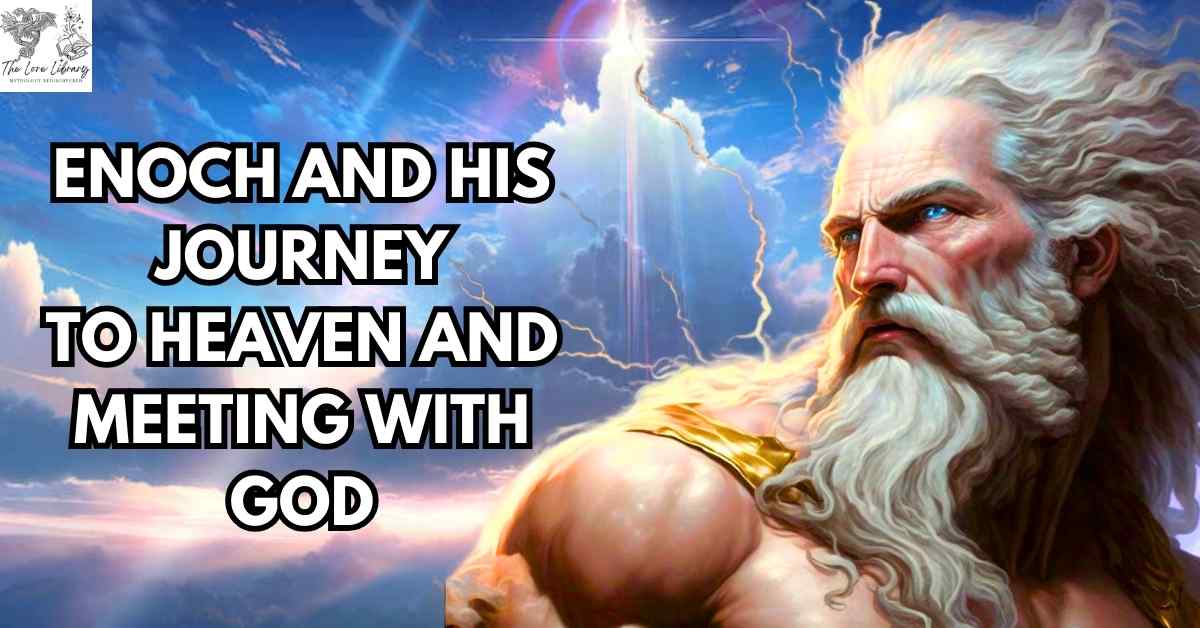
1 comment